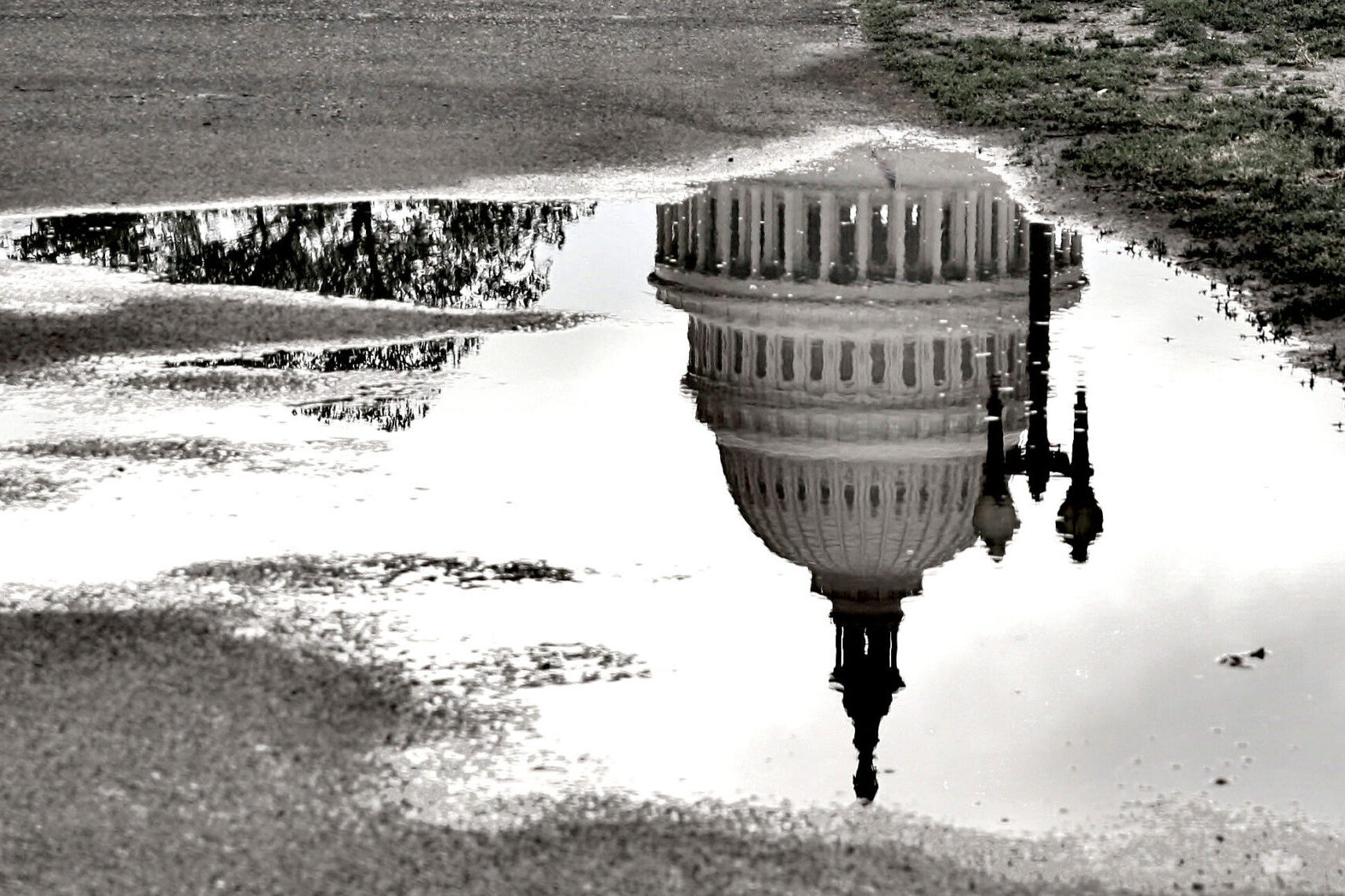The U.S. Department of Treasury awarded states and localities $46.5B in Emergency Rental Assistance (ERA) to help people avoid eviction and homelessness.
ERA funds can cover rental payments, move-in expenses, and supports to promote housing stability, among other eligible activities. In addition to preventing housing loss (including for families living in doubled up situations) and homelessness, ERA funds can be used to help people escape homelessness. With deadlines for funding recapture upcoming, it’s extremely important to ensure that all available ERA funds are being used.
ERA Funds May Be Recaptured
ERA grantees, including states, are expected to meet spending targets for their grant allocation. Spending analysis is expected to occur quarterly (March 30; June 30; and September 30). Grantees that fall short of spending targets face having a portion of their grant funds reallocated to other grantees. This could result in the loss of millions of dollars to those states. Jurisdictions that can demonstrate both an ability to spend down the funds and a continuing need for rental assistance may apply for recaptured funds.
Can You Help Your State Get ERA Dollars Out the Door?
Treasury will examine grantees’ monthly and quarterly spending data to determine if funds should be recaptured. State grantees that are facing the loss of ERA funds due to recapture may be particularly receptive in coming weeks to proposals and new partnerships to ensure ERA funds benefit their own residents. For people working to end homelessness in their communities, this opportunity will serve as a vital resource.
How Homeless Service Agencies Can Put ERA Funds to Good Use
Some homeless service providers and programs are already administering ERA funds to help people avoid homelessness and housing loss. They can also utilize ERA efficiently and effectively to help people escape homelessness. This can be achieved through:
expanding Rapid Re-Housing to assist every person experiencing homelessness;
- providing housing navigation, landlord incentives, security deposits, and related expenses for people seeking to use Emergency Housing Vouchers to escape homelessness;
- extending Rapid Re-Housing rental assistance; and
- expanding diversion assistance.
Partnerships Can Help States Provide ERA Support to Populations at Very High Risk of Homelessness
State grantees can also partner with organizations and public agencies that serve people at acute risk of homelessness each day, including those not proactively applying for ERA assistance. These partners can help identify people on their caseload facing housing loss and homelessness. In doing so, they can help get ERA funds to those who need it the most AND help advance their own organizational or agency mission.
Through new partnerships, ERA funds could be used to help:
- re-entering citizens secure new housing;
- survivors fleeing domestic violence retain or regain new housing;
- youth exiting foster care and youth exiting Transitional Living Programs;
- families facing family separation or delayed family reunification due to inappropriate housing;
- families residing in motels/hotels identified by homeless school liaisons; and
- precariously housed, doubled up families seeking help from TANF agencies.
Where Can I Find Out About My State’s ERA Spending?
The data on ERA spending by grantees is complicated. ERA comprises two separate funding streams: ERA1 and ERA2. Grantees report expenditures for both ERA1 and ERA2 to Treasury on a monthly basis. Assessing progress on ERA1 spending requires taking the following steps:
- Access the most recent available reporting document (currently the most up-to-date is from April 30, 2022).
- Go to the second tab, labeled “ERA1 State and Local Reporting.”
- On this Excel sheet, there is a column (P) entitled: “Assistance to Household Expenditure Ratio.”
This figure will show the percentage of allocated ERA1 funds each grantee spent as of April 30. This does not show much is remaining, as it doesn’t account for previous reallocations or for new expenditures. It can, however, provide a sense of a state’s progress in spending ERA funds and whether there may be an opportunity to develop new proposals for expending ERA funds.
A quick review indicates that as of April 30, 11 states had used less than 50 percent of their ERA1 allocation and 23 percent had used less than 75 percent.
Examining progress on ERA2 spending is more challenging. It requires adding each month’s spending (reported on the same Excel sheet) since the award was made, deducting the amount that can be used for program administration, and comparing that figure with the amount awarded.
This process will not account for funds that have already been reallocated or funds that have been spent since the last reporting date. Examining ERA1 progress is likely a useful benchmark for ERA2 spending as well. It is likely that states that spent down ERA1 resources quickly will also spend ERA2 quickly, and states slow to spend down ERA1 will also be slow to spend ERA2.
Where to Learn More
Information about ERA and its uses can be found on the Treasury website. The Alliance is also interested in learning from homeless service providers and coalitions that are successfully collaborating with state and local partners to ensure ERA funds reach people experiencing homelessness. We look forward to sharing successful models that can be replicated by others!
Stay Updated: Solutions, Stories, and Ways to Make an Impact
Sign up to receive updates on the Alliance’s work, including the latest research, advocacy efforts, and real stories of progress — plus ways you can help drive lasting change.














